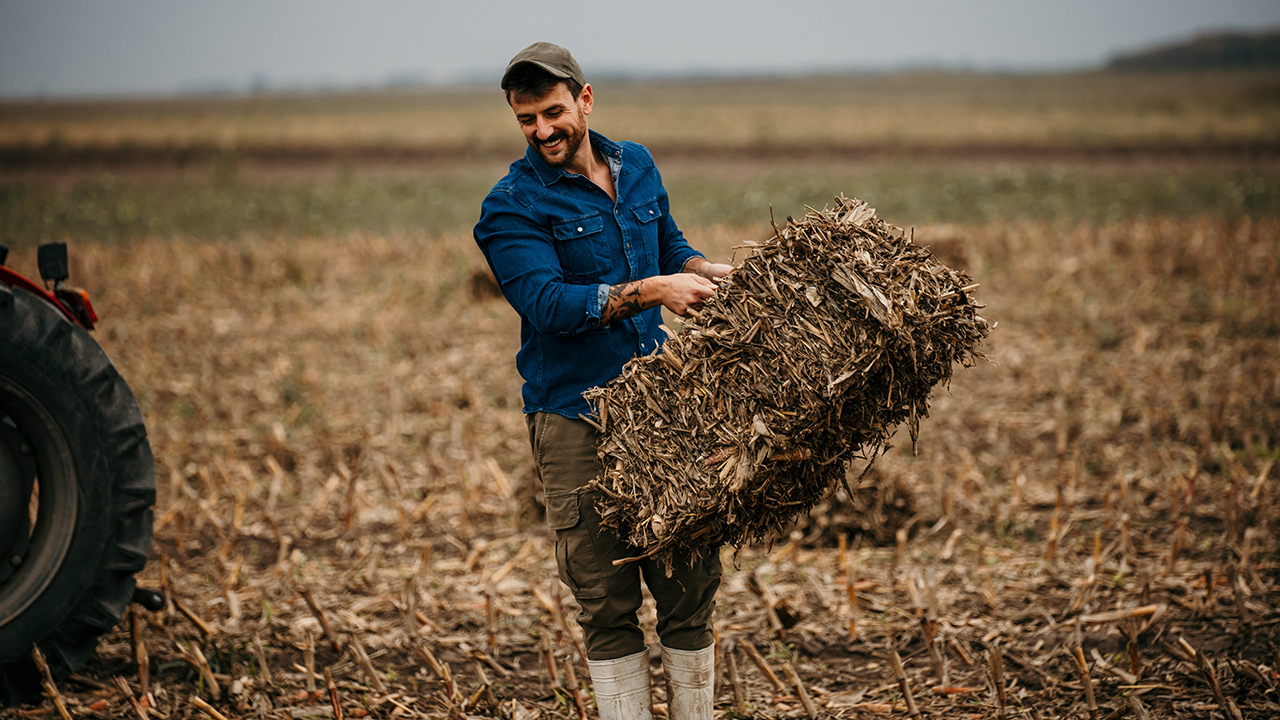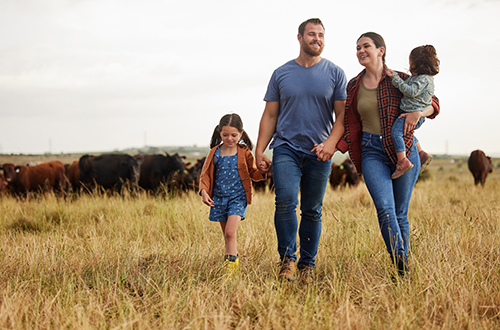Is hay growing a business? Is it agriculture? What are the wider effects?
For something so simple, the direct tax treatment of haymaking is incredibly complex. Factors related to the activity itself, and the land on which the hay is grown, can have a significant impact on a farming business as a whole.
A number of historic tax cases help illustrate the issues at hand, and their findings should be reviewed carefully by anyone for whom growing hay forms anything more than an incidental part of their business.
One such case is the Estate of Maureen W Vigne (Deceased) v HMRC [2017] UKFTT 632 (TC). Whilst this case was predominantly focussed on a Business Property Relief (BPR) claim for a livery business, it also considered an Agricultural Property Relief (APR) claim on a hay field. The claim was unsuccessful on the basis that no hay crop had been taken in the two years preceding death, with the Tribunal stating that the claim ‘fails because the evidence given by Mr Vigne was that, although from time to time a hay crop is taken from the “hayfield”, that had not happened in the two years prior to the deceased’s death.’ In short, the Tribunal found that the taking of an occasional hay crop fell short of the general definition of agriculture as the cultivation of the soil to grow crops.
This seems to imply that if there had been a regular hay crop taken and the land worked to achieve a regular harvest of hay the land could qualify for APR.
However, HMRC have also challenged the availability of APR on haymaking based on who the end consumer of the hay is. Their viewpoint is that growing hay is a qualifying activity only when it is grown for consumption by livestock, working horses or horses used in the food chain. This implies that hay sold for consumption by any other horses is not grown for “agricultural purposes”, and potentially subject to challenge if a claim for APR is made.
This argument is based on HMRC’s IHT Manual interpretation of agriculture as the cultivation of land to produce food for human consumption either directly or indirectly. But it seems unfair that the growing of turf, the cultivation of bio-energy and bio-fuel crops, short rotation coppicing, grazing for stud farms, all of which do not provide an end product for human consumption have all qualified for APR.
In summary, providing it can be evidenced that there is a significant amount of work undertaken to produce the hay, i.e. the land is harrowed, fertilized, sown etc., a claim should still be made for APR on land used for hay production.
It is also important not to forget the VAT treatment of hay sales. This will depend upon how it is packaged and held out for sale. Ian’s article explains this further, but it is certain that HMRC will use this as an indicator of whether, in their view, the hay is being grown for agricultural purposes.
If APR is denied, it is likely that BPR would still apply as the growing of hay for commercial sale would still constitute a trading activity. So what is the problem if IHT relief under APR is denied?
The concern would be that where APR is needed in conjunction with a claim for APR on, say, a farmhouse. If there is no, or minimal, agricultural activity being undertaken then no APR will be available on the farmhouse.
In conclusion, if haymaking forms a significant part of your business’s activities, careful attention must be taken to the potential impact on inheritance tax planning. Detailed records of the work involved in growing hay and who the hay crop is sold to should be kept to ensure that any challenge to a claim for APR can be defended robustly.
If you have any questions about the above, or would like more information specific to your circumstances, please enter your email address below and we will get in touch:
















